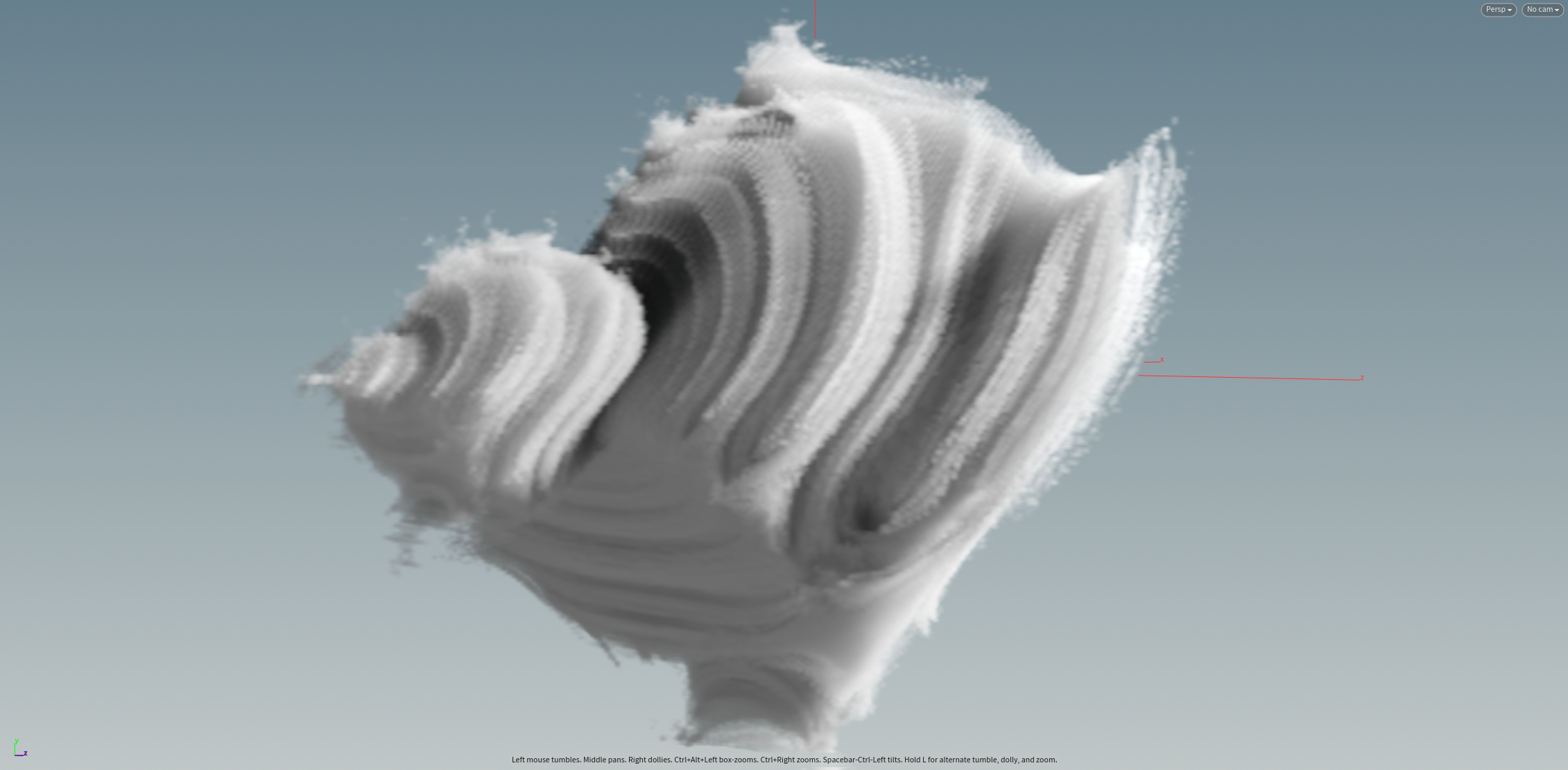http://www.fractalforums.com/3d-fractal-generation/true-3d-mandlebrot-type-fractal/msg8426/#msg8426REF:
https://www.iquilezles.org/www/articles/distance/distance.htm
一般求完f = SDF = 0,也就是等位面=0时候得 iossurface,平常做raymarching渲染用sdf渲染求交最方便。
这篇文章给了一个 叫做 "距离估算" ,实际上是zero-isosurface to x point distance.

数学原理比较简单:



float smoothstep(float a; float b; float x){ if (x<a) return 0.0f; if (x>=b) return 1.0f; float y = (x-a) / (b-a); return pow(y,2) *(3.0- 2.0 *y); } float f(vector pos) { float r = length(pos); float a = atan(pos.y,pos.x); return r - 1.0 + 0.5*sin(3.0*a + 2.0*r*r); } // grad dx=dy=dz float dx = 0.01; float xpos_l = @P.x + dx; float xpos_r = @P.x - dx; float ypos_l = @P.y + dx; float ypos_r = @P.y - dx; float zpos_l = @P.z + dx; float zpos_r = @P.z - dx; float gradx = ( f(set(xpos_l, @P.y, @P.z)) - f(set(xpos_r, @P.y, @P.z)) ) / (2 * dx); float grady = ( f(set(@P.x, ypos_l, @P.z)) - f(set(@P.x, ypos_r, @P.z)) ) / (2 * dx); float gradz = ( f(set(@P.x, @P.y, zpos_l)) - f(set(@P.x, @P.y, zpos_r)) ) / (2 * dx); vector g = set(gradx,grady,gradz); //@Cd = g; //g = normalize(g); float v = f(@P); float de = abs(v) / length(g); // distance estimation float eps = ch("distance"); //@Cd = smooth(1.9 * eps , 2.0 *eps , abs(v) ); @Cd = 1 - smooth(1 * eps , 2.0 *eps, de);
一些分型测试了:
1, 2d fractal based on complex operation:
REF:https://www.youtube.com/watch?v=MRuhHGYUJSI
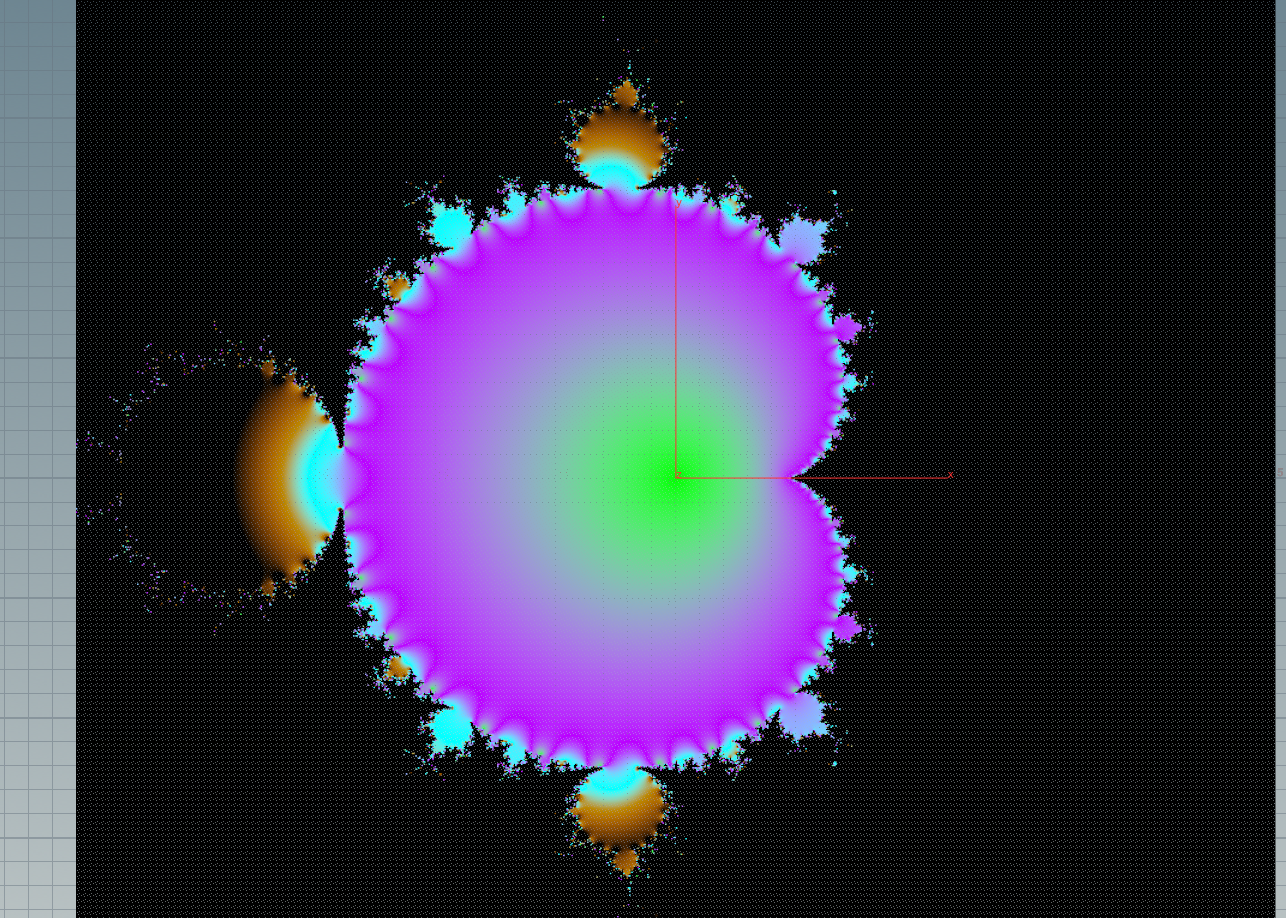
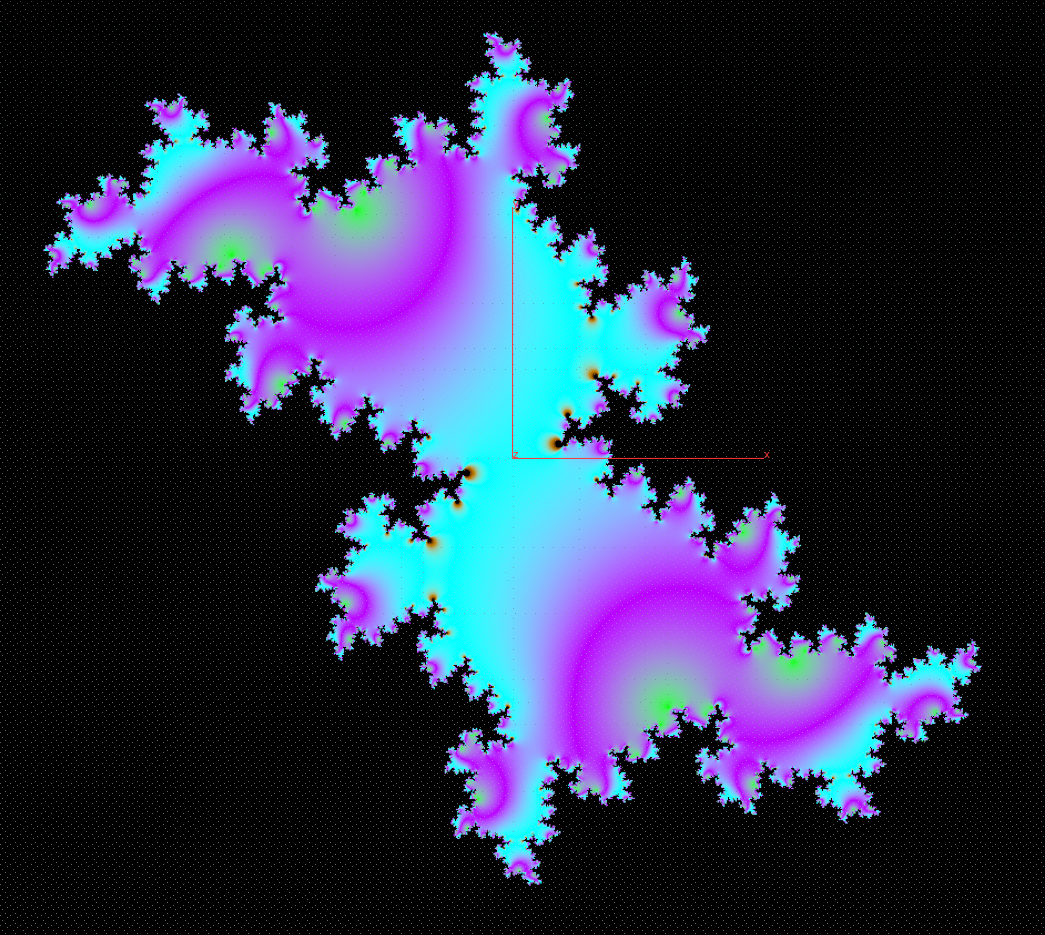
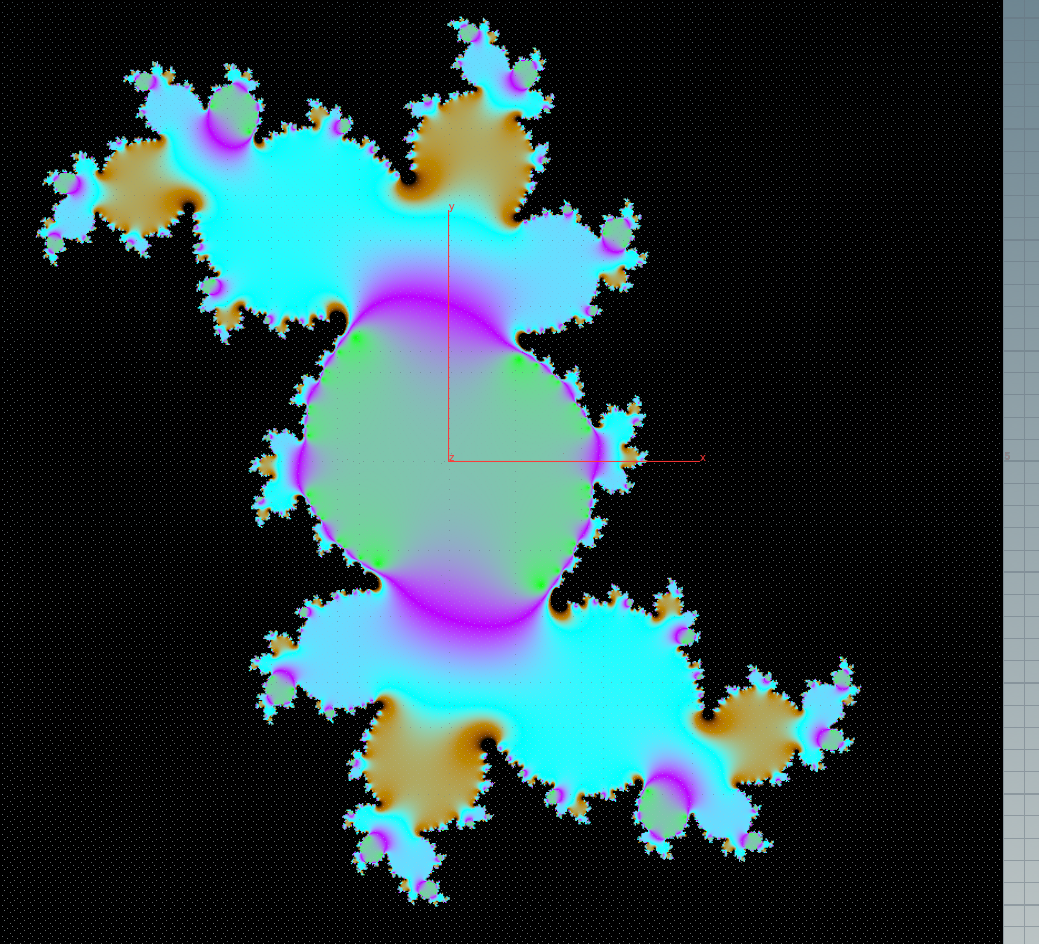
Houdini volumewrangle特别适合制作分形,由于仅仅判断一个length(vector) < ? 就可以得到一个sdf内部得density
如果是arnold得体积api也是一样简单。
2, 各种mandelbrot set分形测试
REF:http://bugman123.com/Hypercomplex/#MandelbulbZ
<1>


<2> Phase Shift ,make offset animation
REF:http://www.fractalforums.com/videos/3d-mandelbrot-set-phase-shift-animations/
Here is a way to continuously transform the negative z-component 3D Mandelbrot into the positive z-component Mandelbrot (with a rotation) by adding a phase shift:
{x,y,z}^n = r^n*{cos(phi)*cos(theta), cos(phi)*sin(theta), sin(phi)}
r=sqrt(x²+y²+z²), theta=n*atan2(y,x), phi=n*asin(z/r)+phase
where the phase varies continuously from goes from 0 to 2pi.
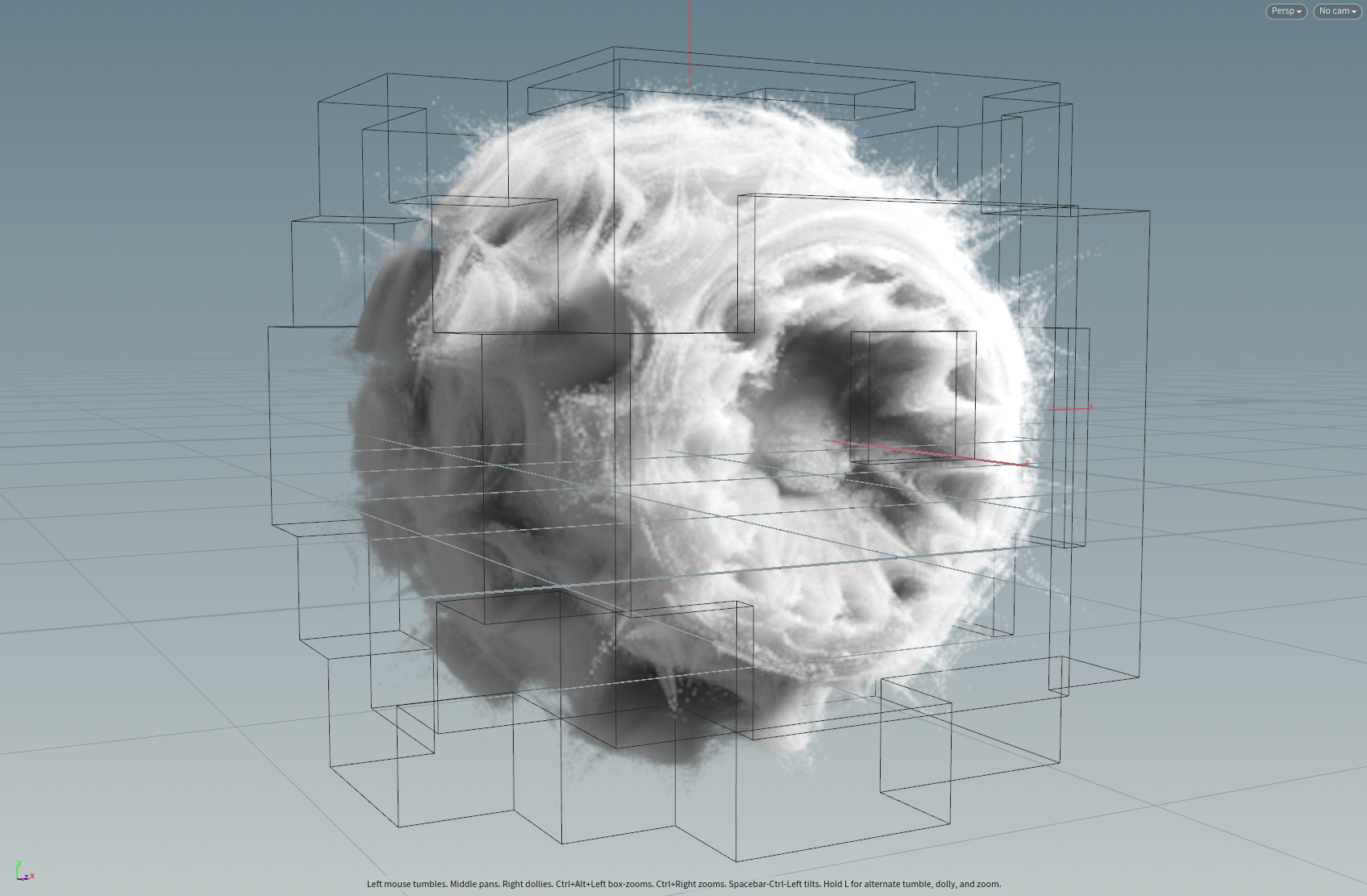
another version
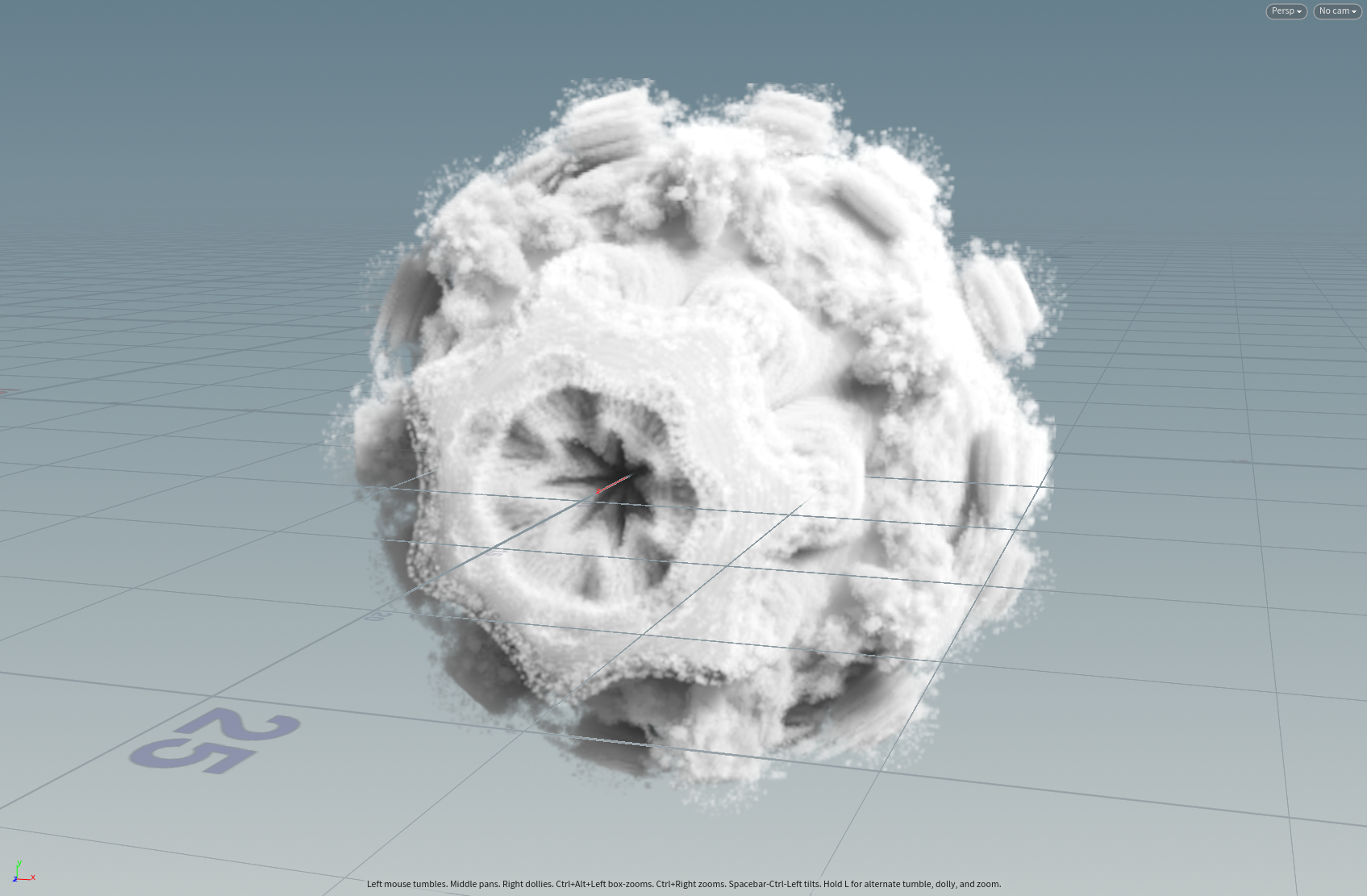
3D Christmas Tree Mandelbrot Set,貌似这个是最漂亮的

n=2

n=8
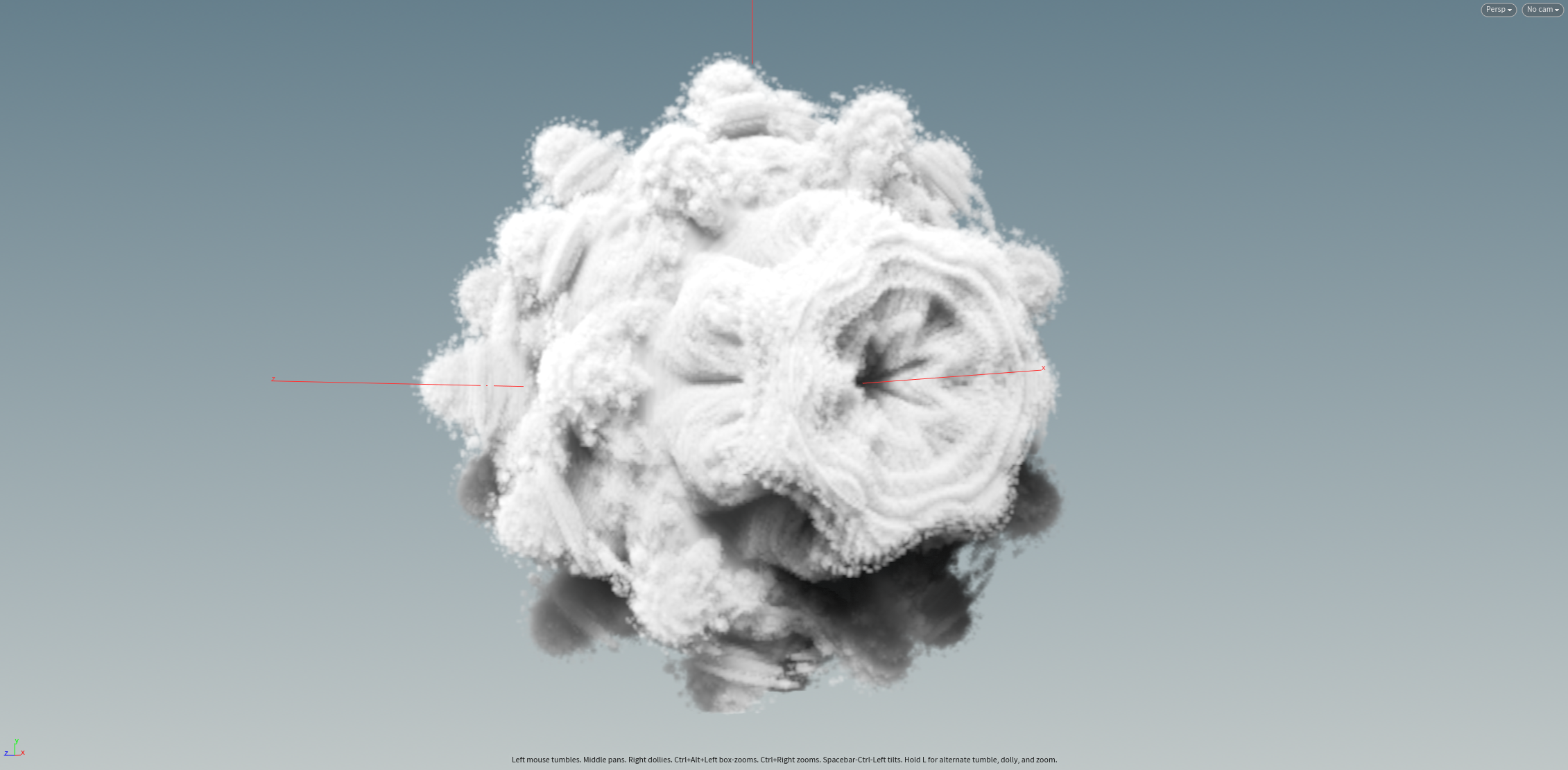
对准菊花

MandelBar
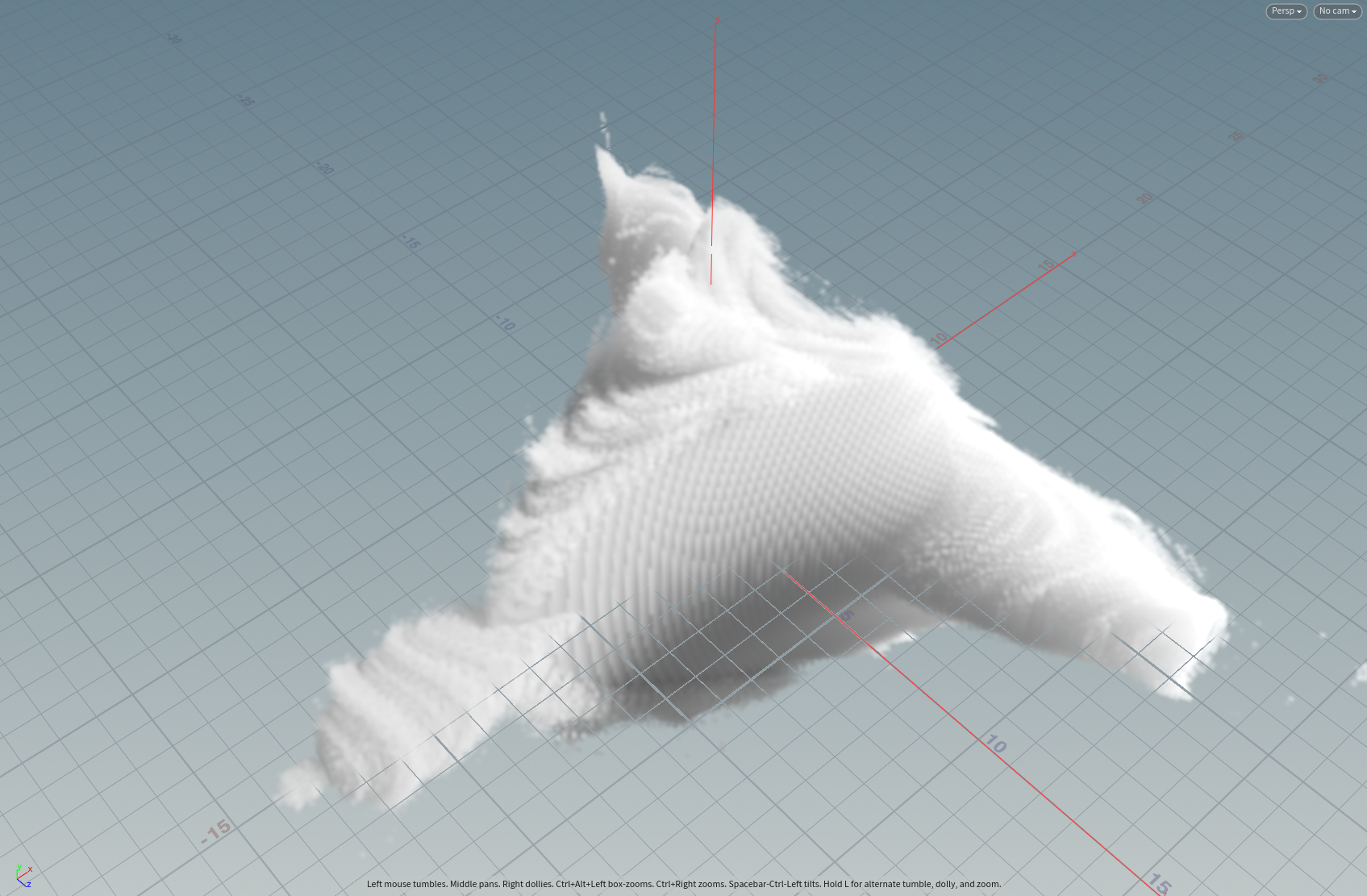
4D Quaternion Mandelbrot ("Mandelquat")
从他得代码可以看到w初始值是0,在这个案例启示不用迭代w。
下面得julia是需要迭代得

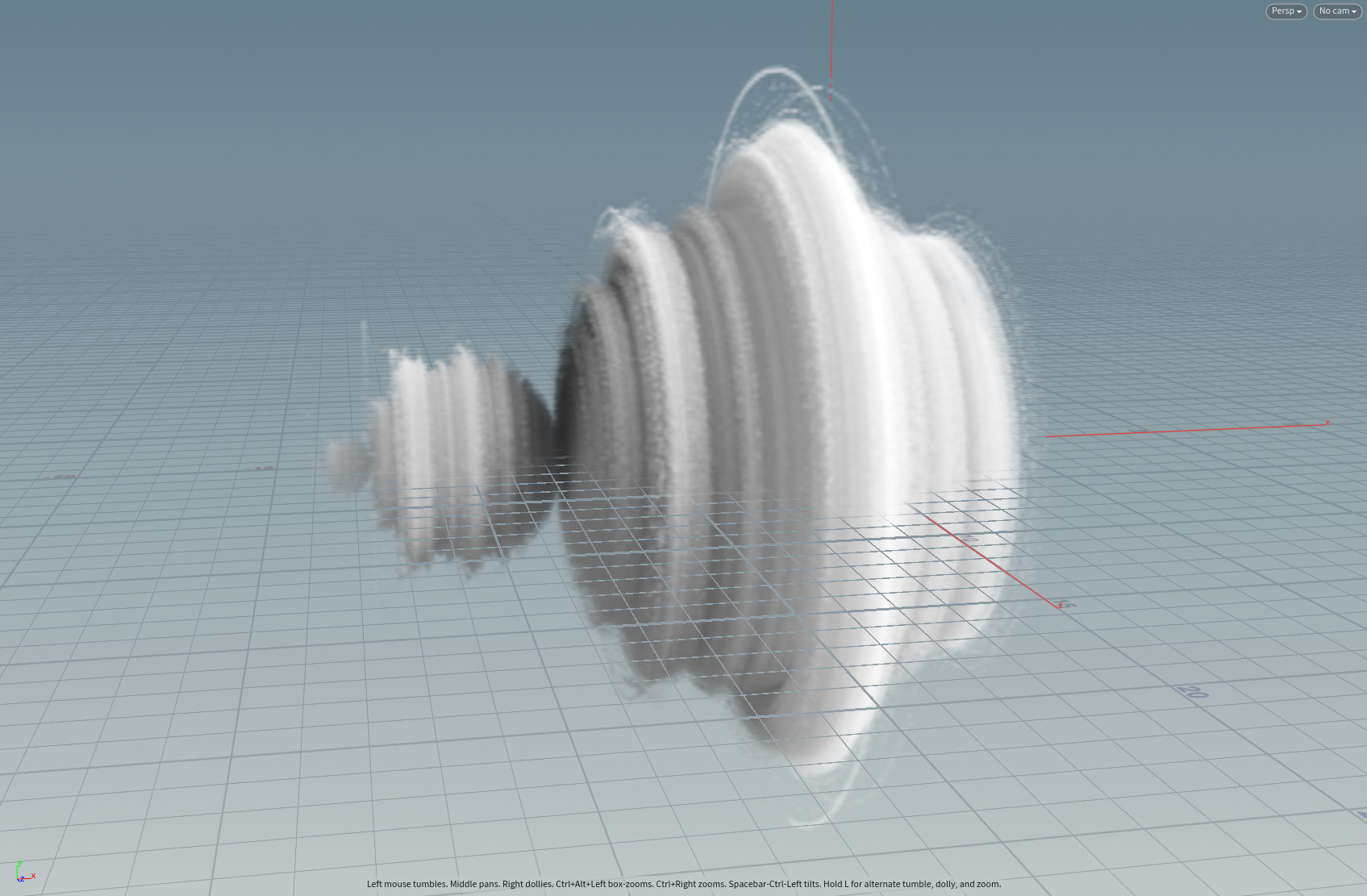
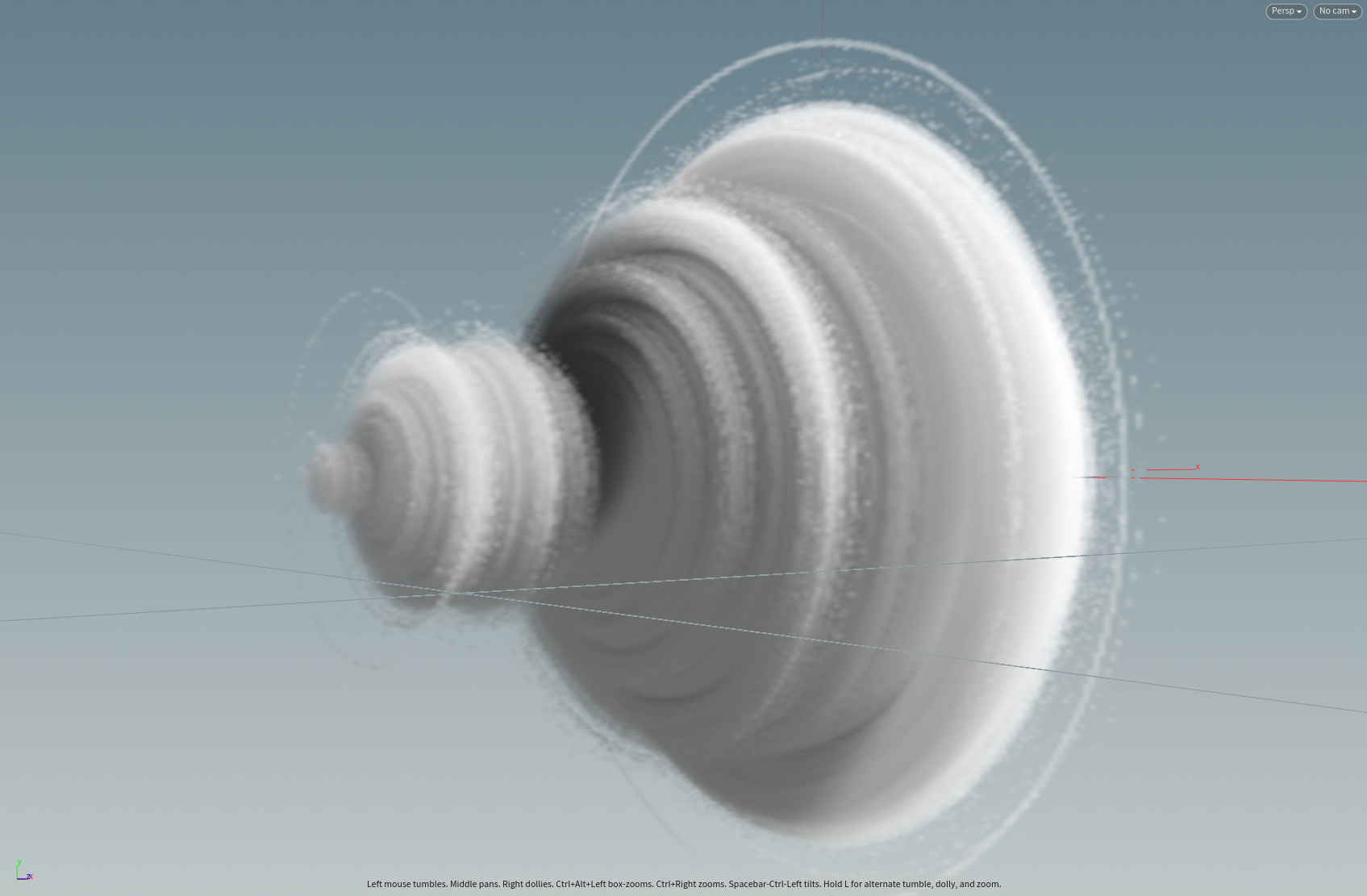
4D Quaternion Julia Set :
maxiter = 10
c = set(-0.8,0,0,,0)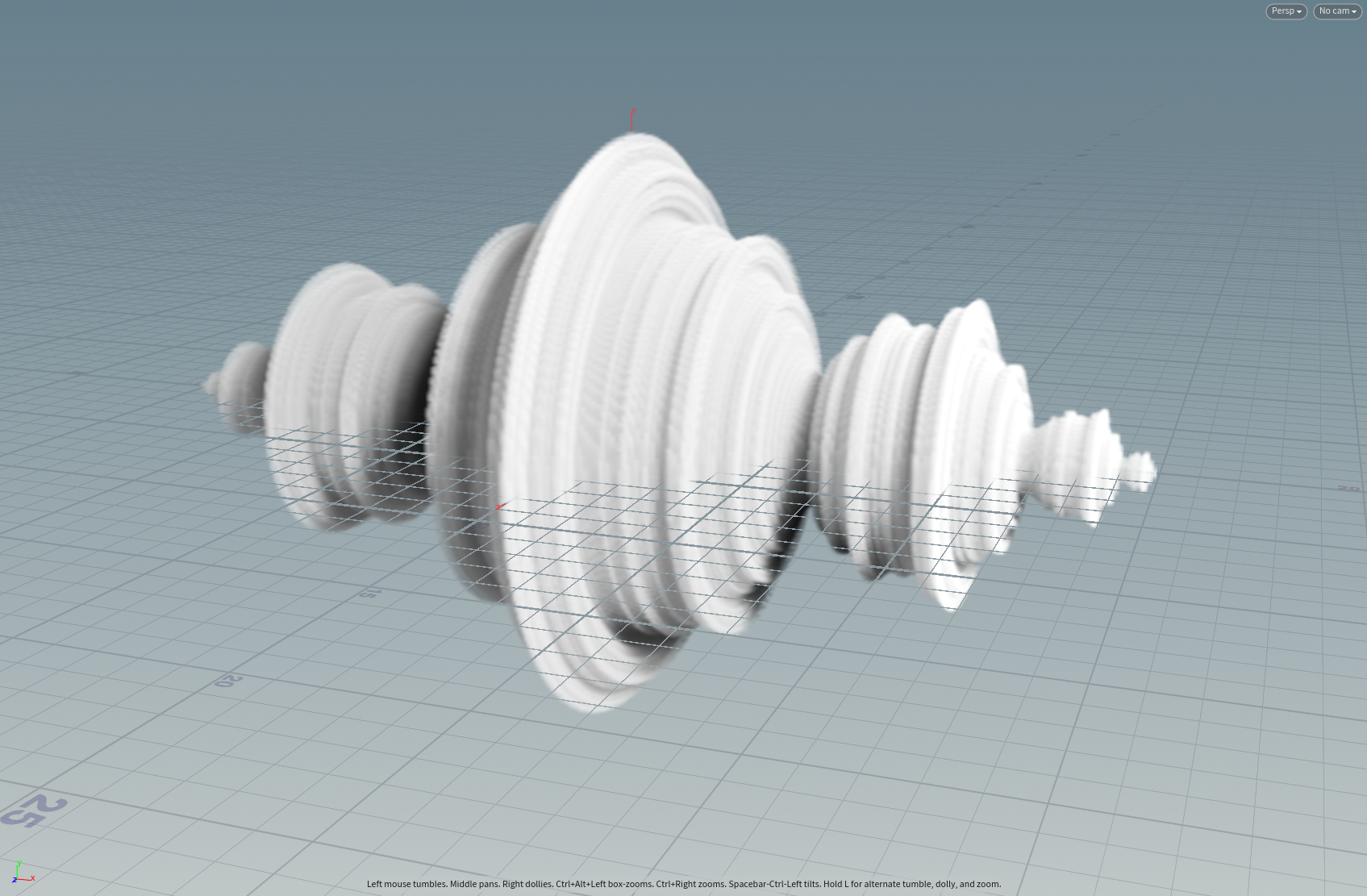
c = set(-0.8,0.2,0,0)
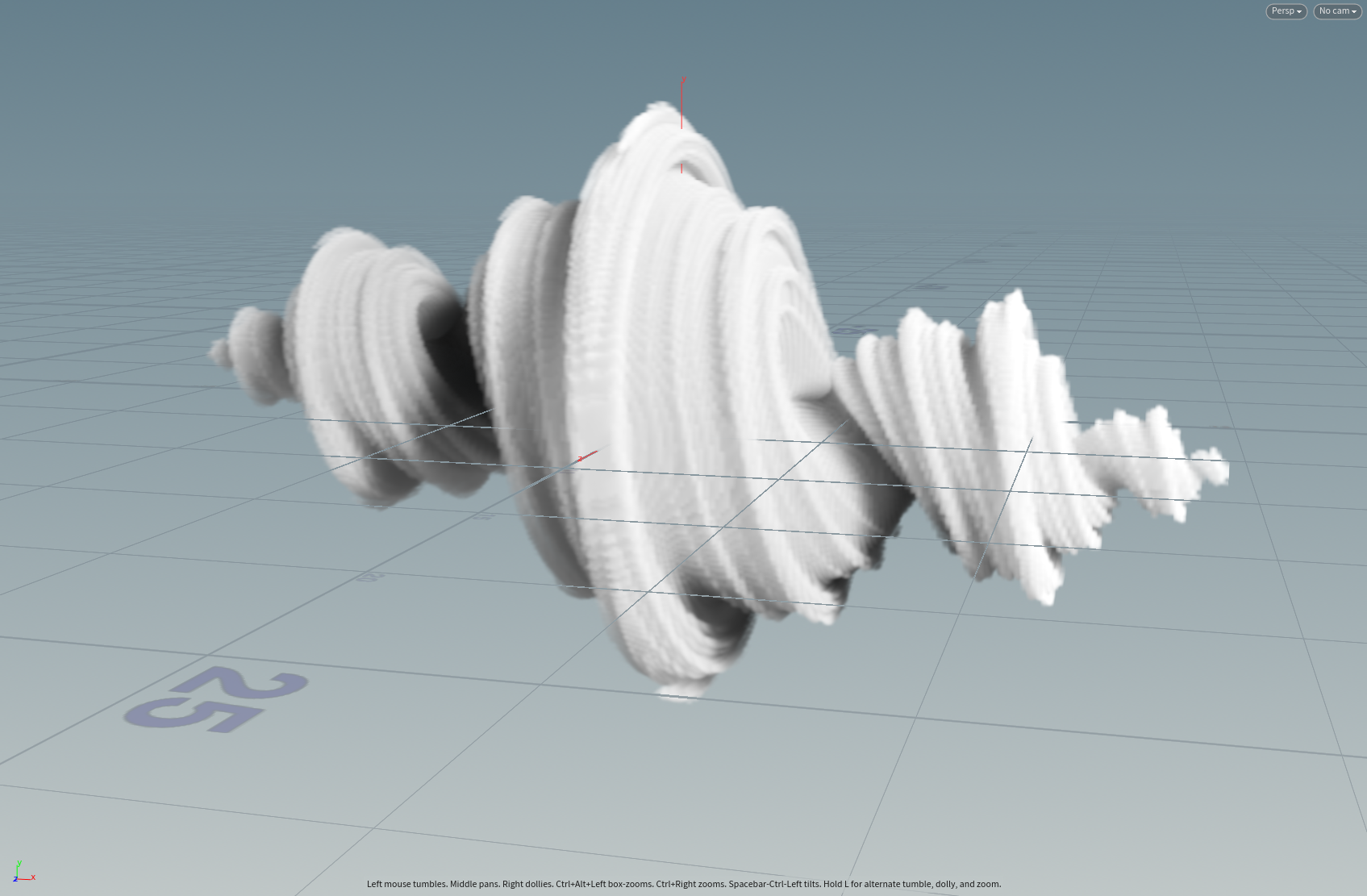
c = set(-0.2,0.58,0,0)

c = set(-0.2,0.8,0,0)

4d bicomplex :
{x,y,z,w}2 = {x2-y2-z2+w2, 2(xy-zw), 2(xz-yw), 2(xw+yz)}
这个里面我把 x*x + y*y + z*z + w*w > iters_num 取消了,因为最终给density 还是要判断 x*x + y*y + z*z + w*w < sqrt( x*x + y*y + z*z + w*w )
c = -0.2 0.5 0 0
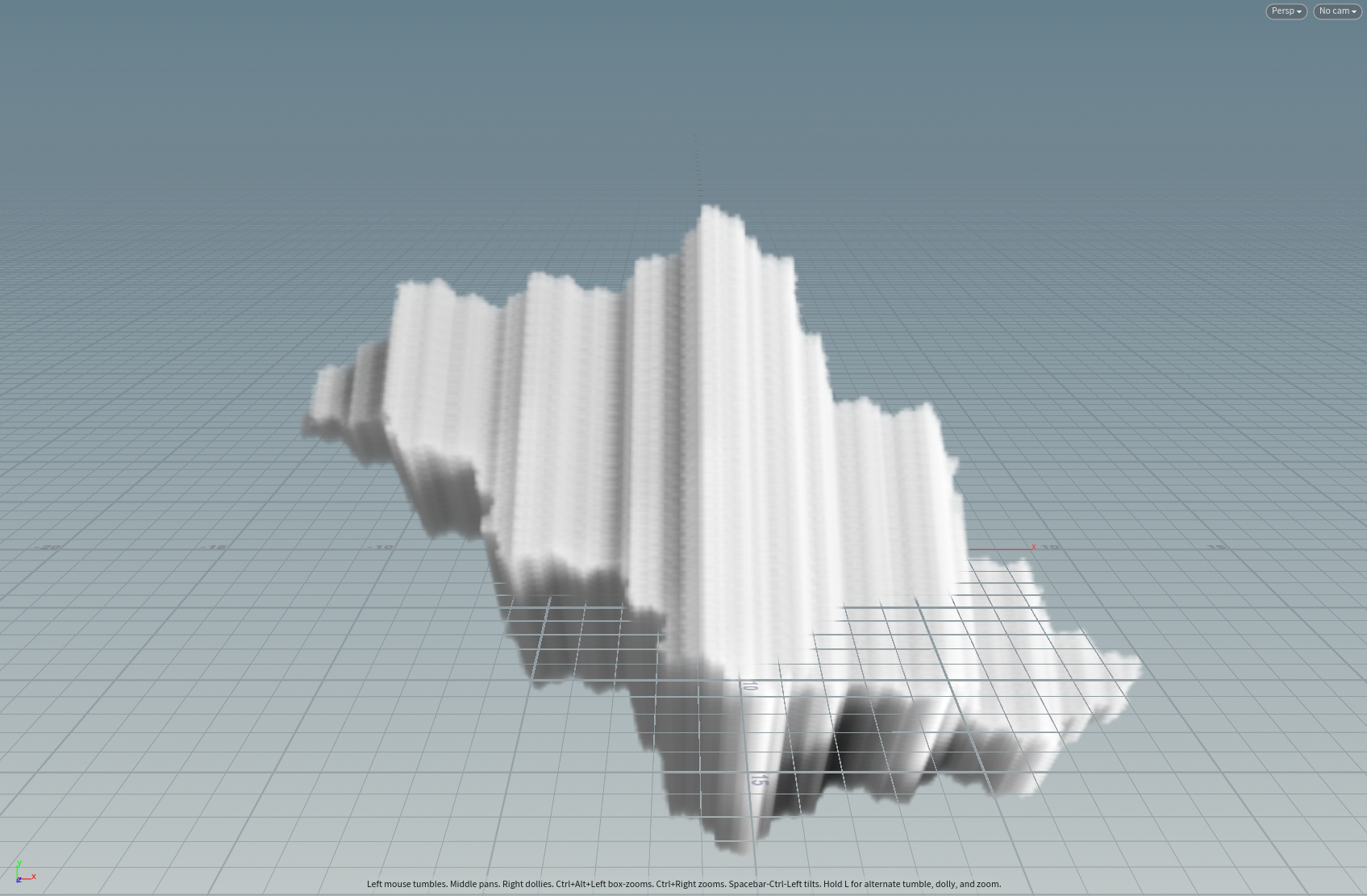
c = set(-0.01,0.8,0,0)

bicomplex_Mandelbrot_4d
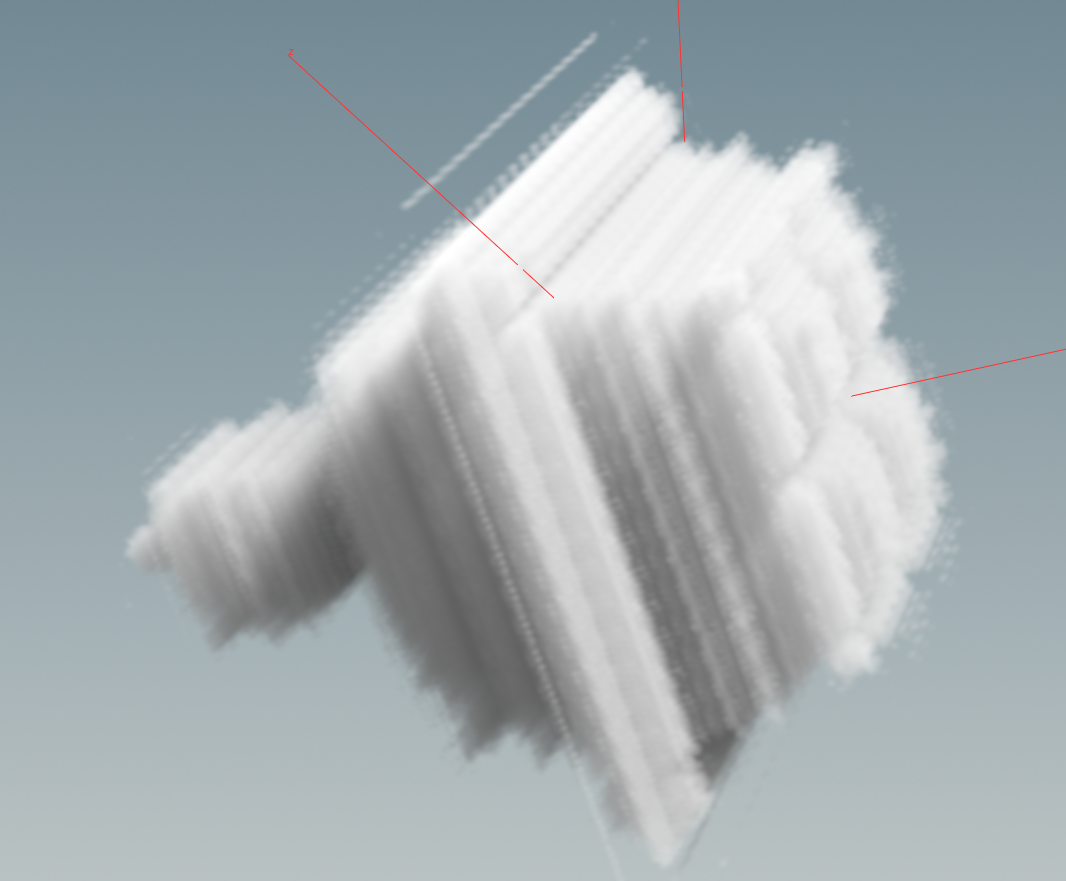
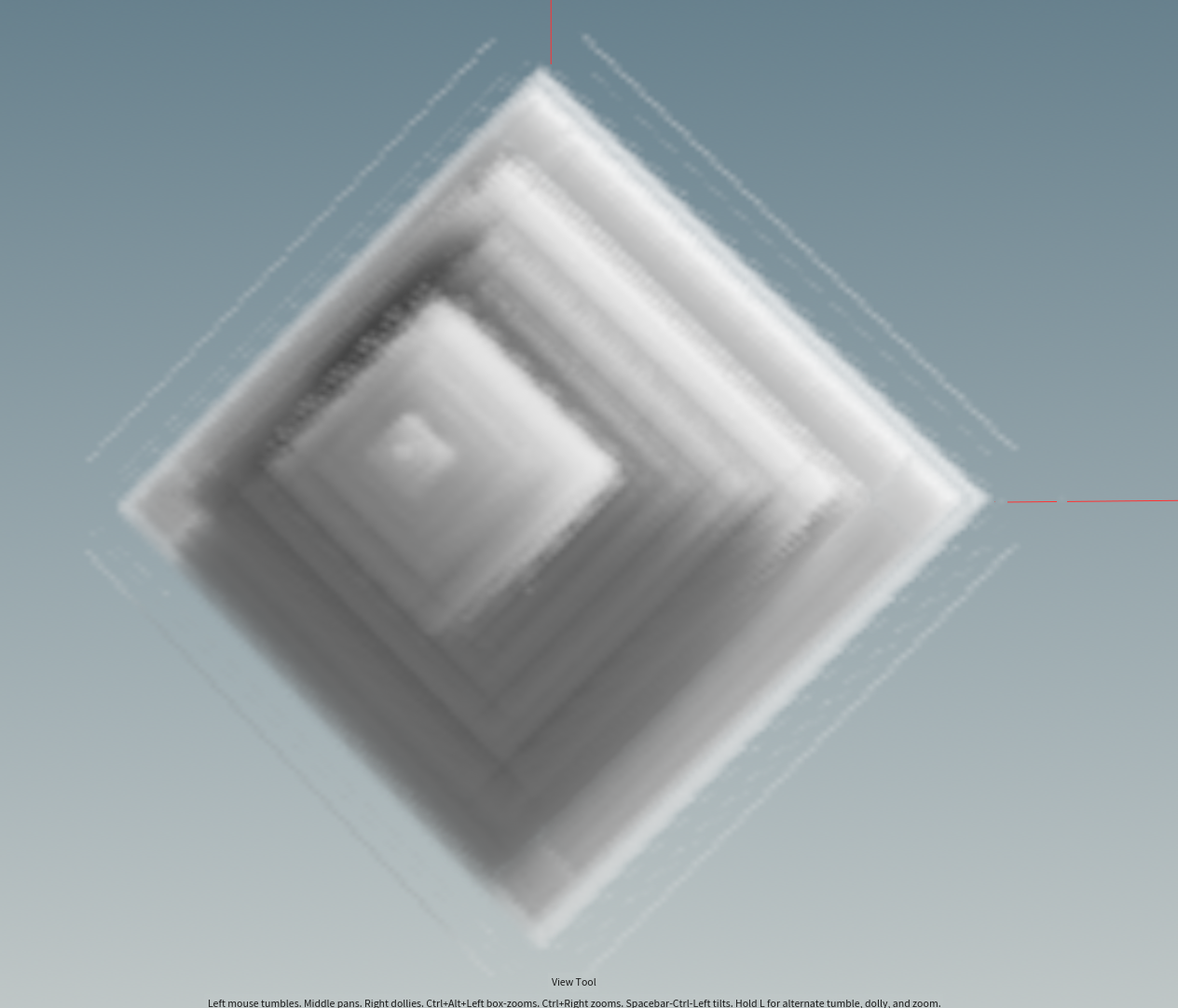

4D Roundy_Mandelbrot:
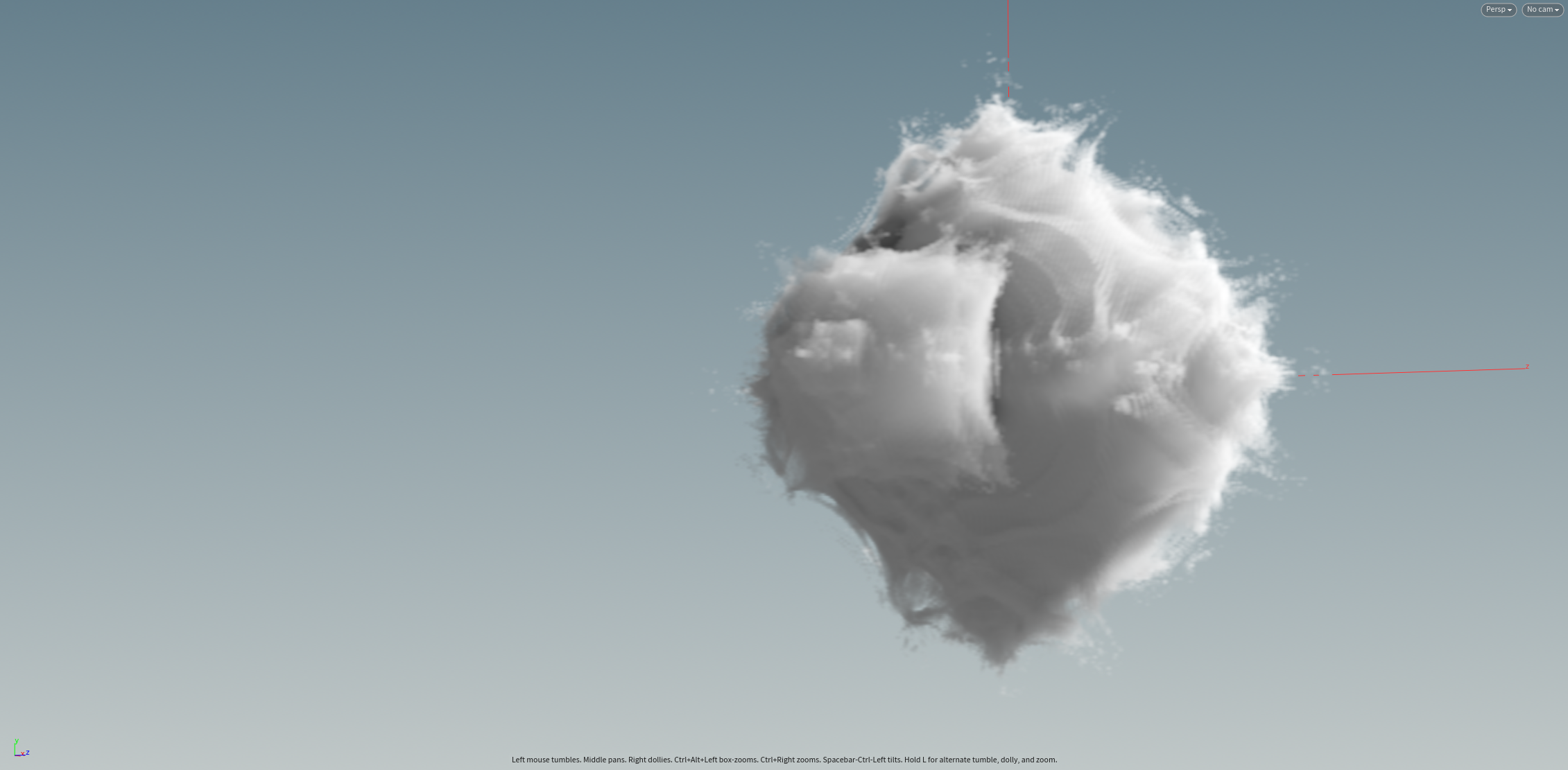
Roundy_julia
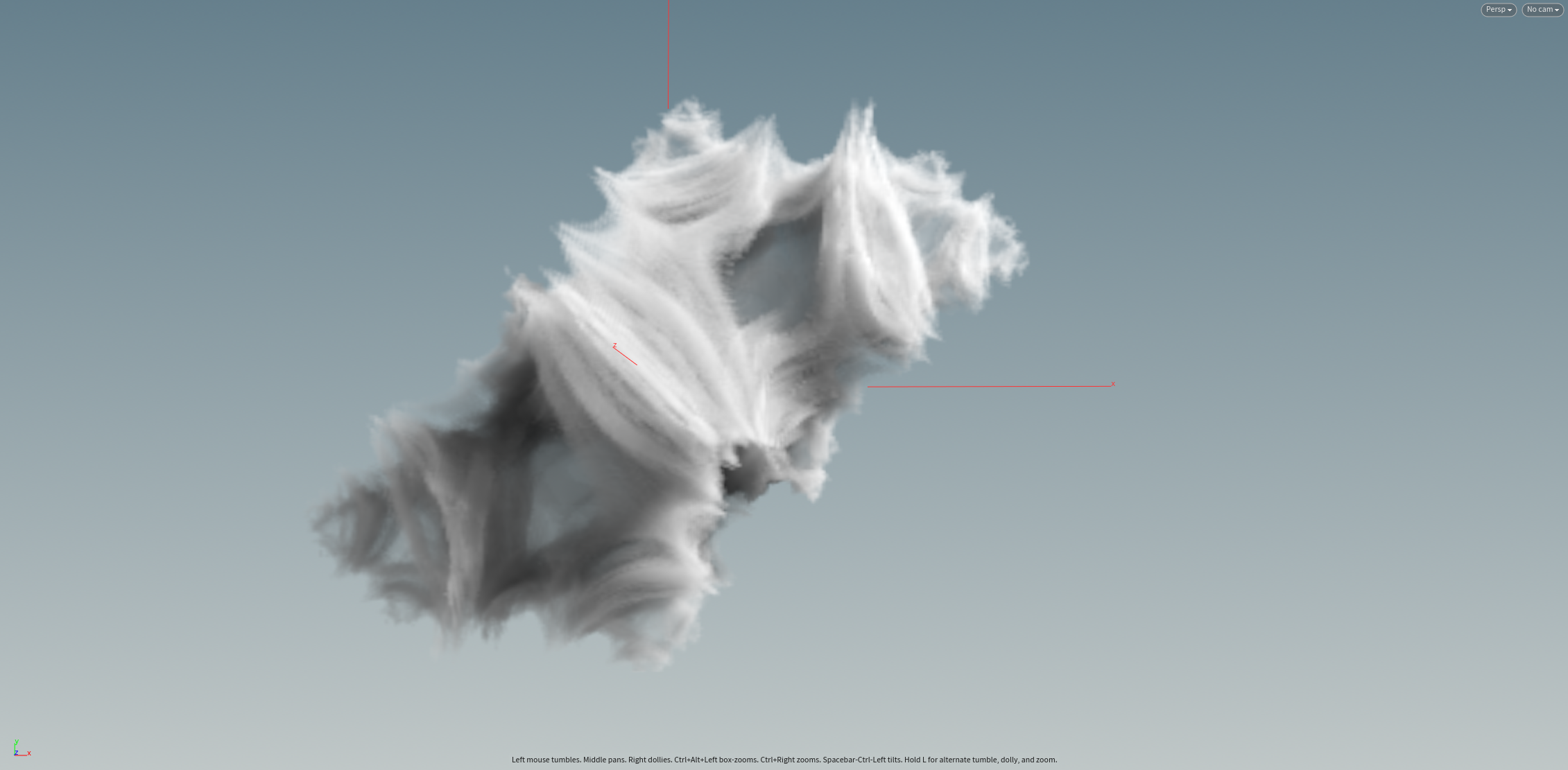
Mandelbrot set 3d:
{x,y,z}2 = {x2-y2-z2, 2xy, 2(x-y)z}
